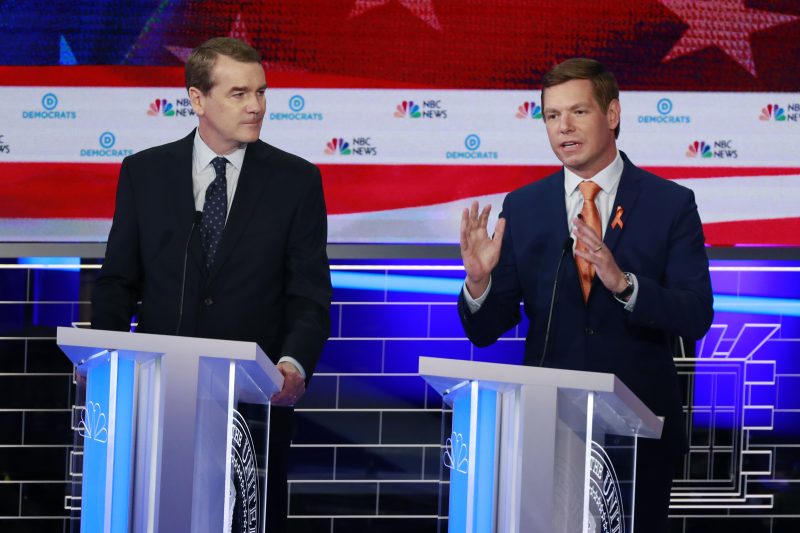In a rapidly changing political landscape, the issue of leadership succession is of vital importance for any political party looking to maintain relevance and connect with new generations of voters. For the Democratic Party in the United States, passing the torch to younger leaders has proven to be a challenging task, as evident by the current struggle to bridge the gap between the old guard and the rising stars within the party.
One of the key stumbling blocks that Democrats face when it comes to promoting younger leaders is the entrenched power structures within the party. Long-time party fixtures often find it difficult to let go of their influence and make way for newer voices. This internal resistance to change can hinder the emergence of fresh perspectives and innovative ideas that are crucial for engaging younger voters and adapting to the evolving political landscape.
Furthermore, the lack of a clear succession plan and a coherent strategy for nurturing young talent has left the Democratic Party scrambling to find viable candidates who can energize and mobilize the base. Without a well-defined pathway for rising stars to ascend the party ranks, many promising leaders may be overlooked or sidelined, depriving the party of much-needed diversity and dynamism.
Another challenge that Democrats face in passing the torch to younger leaders is the generational divide that exists within the party. While older members may be reluctant to cede control, younger activists and politicians are eager to push for more progressive policies and a break from traditional party norms. This tension between different generations can create friction and discord, making it harder for the party to present a united front and appeal to a broad range of voters.
To overcome these obstacles, Democrats must make a concerted effort to empower and support younger leaders within the party. This includes providing mentorship opportunities, investing in leadership training programs, and actively promoting the visibility and participation of young voices in key decision-making processes. By creating a more inclusive and supportive environment for emerging leaders, the Democratic Party can harness the energy and passion of the next generation and position itself for long-term success.
In conclusion, the challenge of passing the torch to younger leaders is a critical issue that the Democratic Party must address in order to remain relevant and competitive in today’s political landscape. By breaking down internal barriers, fostering a culture of inclusivity, and developing a clear pathway for leadership succession, Democrats can navigate this transition period successfully and tap into the immense potential of younger generations to shape the future of the party. It is imperative that the party leadership recognizes the importance of embracing change and adapting to the evolving needs and expectations of voters in order to thrive in an increasingly complex and dynamic political environment.

